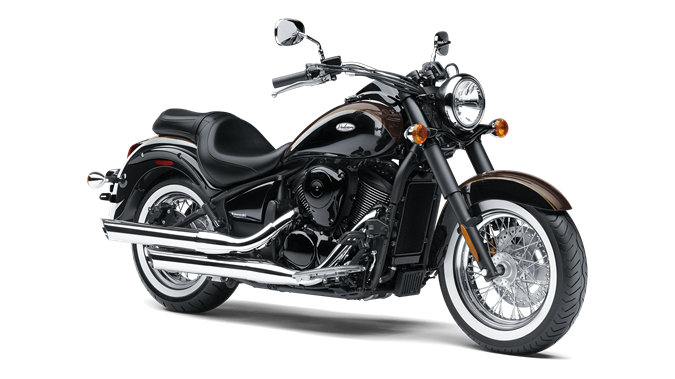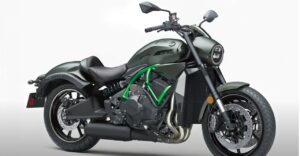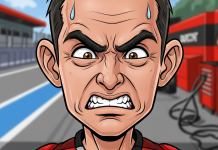How practical is it to have a supercharged cruiser motorcycle?
A supercharged cruiser motorcycle can be practical, depending on specific needs and preferences.
Here are some factors to consider when evaluating the practicality of a supercharged cruiser:
- Performance: Supercharging a cruiser motorcycle can significantly enhance its performance by increasing power and acceleration. This can be beneficial if you enjoy spirited riding, want quick overtakes, or ride in areas with varying terrain. It allows you to have more control and responsiveness in challenging situations.
- Riding Style: Consider your riding style and how a supercharged cruiser fits into it. If you prefer leisurely rides and long-distance touring, a supercharged cruiser may not be the most practical choice. However, a supercharged model could be suitable if you enjoy occasional bursts of speed and want a cruiser with exceptional power.
- Riding Environment: Evaluate the typical road conditions and environment you ride. Supercharged cruisers excel on open highways and straight stretches, where you can fully exploit their power. If you primarily ride in urban areas with heavy traffic or winding mountain roads, the benefits of a supercharger may not be as practical in those scenarios.
More factors
- Maintenance and Reliability: Supercharged motorcycles may require more frequent maintenance due to the additional stress placed on the engine. Ensuring proper maintenance and servicing is crucial to keep the supercharger system functioning optimally. Ensure you have access to reliable service centres and consider the potential cost and availability of parts.
- Fuel Efficiency: Superchargers tend to increase fuel consumption since they force more air into the engine, requiring additional fuel to maintain the combustion process. If fuel efficiency is a significant concern, a supercharged cruiser may not be the most practical choice.
- Cost: Supercharged motorcycles are often more expensive than their naturally aspirated counterparts. Consider your budget and whether a supercharged cruiser’s added performance and features justify the increased cost for your specific needs.
Based on the above, we have the Kawasaki Vulcan 1000 H2 Supercharged concept below.
The Kawasaki Vulcan 1000 H2 concept described is exciting for motorcycle enthusiasts. However, it’s important to reiterate this design is not an official release from Kawasaki but rather a concept based on rumours and speculations.
While the idea of a supercharged Vulcan with a 998 cc inline inline-four engine sounds appealing, it’s crucial to remember until Kawasaki makes an official announcement, the specifications and features of any potential future Vulcan model remain uncertain.
Supercharged Vulcan
That said, if Kawasaki were to produce a Supercharged Vulcan based on the concept described, it could offer a powerful and technologically advanced cruiser option in the market. It would likely have a comfortable riding position with a low cruiser-like stance, centred foot pegs, a low-slung fuel tank, and a low seat.

The current 2023 Kawasaki Vulcan Classic 900cc costs $8,999 and makes 50 bhp.
Including LED lighting and advanced electronics would bring modern features to the motorcycle, enhancing visibility and providing additional convenience and safety features.
If Kawasaki were to create a production version of this concept, it could compete directly with other powerful cruisers like the Harley-Davidson Fat Boy S (1868 cc engine with 95hp) and the Indian Chieftain Dark Horse (1890 cc engine with 79hp)

Kawasaki Vulcan 1000 H2 Concept is expected to have inline four 998cc Supercharged engine with 150bhp
Here are some of the key features of the Kawasaki Vulcan 1000 H2 concept:
- Supercharged 998 cc inline 4 engine
- Expected to make 150hp
- Having a Low cruiser-like stance
- Centred foot pegs
- Low-slung fuel tank
- Low seat
- LED lighting
- Advanced electronics
Here are some of the pros and cons of supercharged cruiser motorcycles to help you make your decision:
Pros:
- Good power
- More fun to ride
- Attention-grabbing
- Looks more aggressive
Cons:
- Less fuel-efficient
- More expensive to maintain
- Can be difficult to control at low speeds
- Not as comfortable for city riding
Conclusion
While the concept design showcases an appealing combination of a supercharged 998 cc inline 4 engine, a low cruiser-like stance, centred foot pegs, a low-slung fuel tank, a low seat, LED lighting, and advanced electronics, it’s essential to note this design is not officially endorsed or confirmed by Kawasaki.
A supercharged cruiser motorcycle can be a practical choice for some riders, but it is not the best choice for everyone. If you are looking for a bike with a lot of power and don’t mind spending a little more money, then a supercharged cruiser may be a good option. However, if fuel economy and maintenance are essential to you, then a non-supercharged cruiser may be a better option.
The concept holds promise and could potentially offer a powerful and technologically advanced cruiser option if produced by Kawasaki; there is no guarantee the company will release such a motorcycle. Motorcycle enthusiasts should await official announcements from Kawasaki to gather accurate and reliable information about any potential future Vulcan models.































